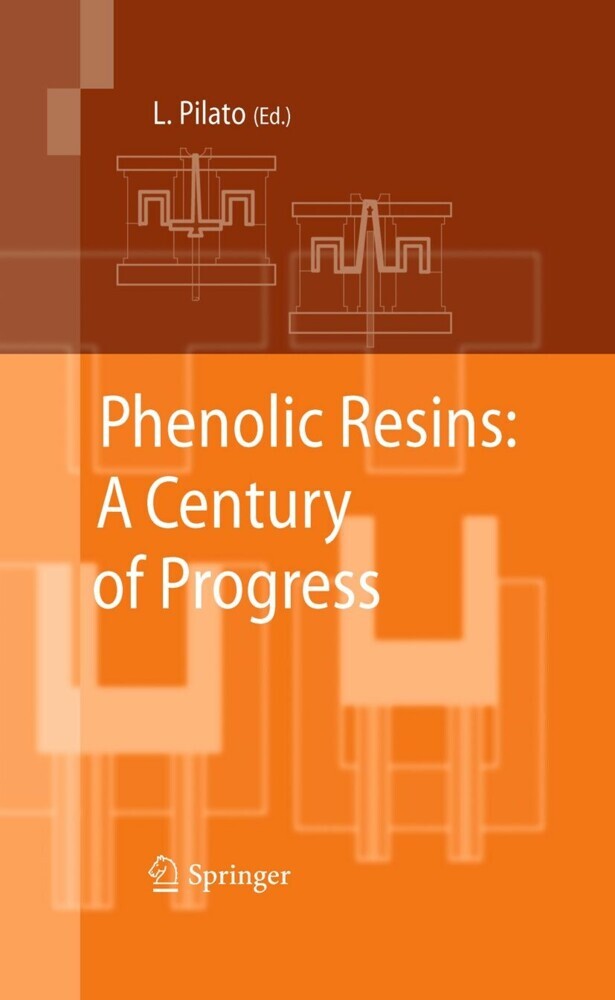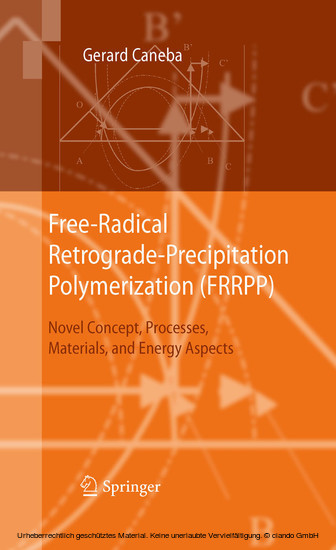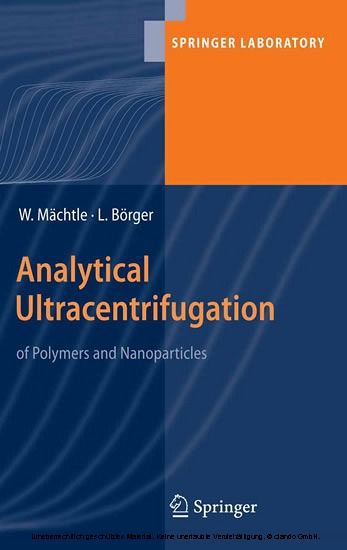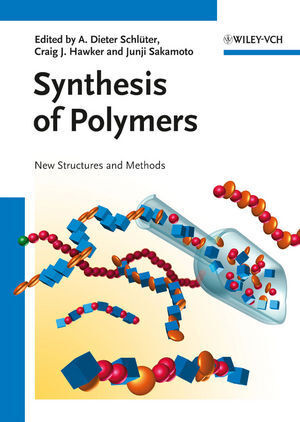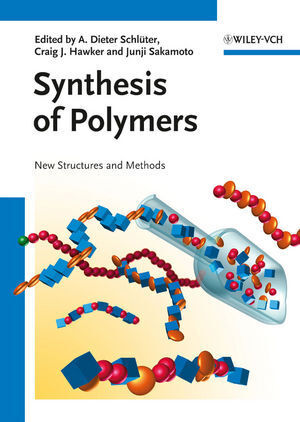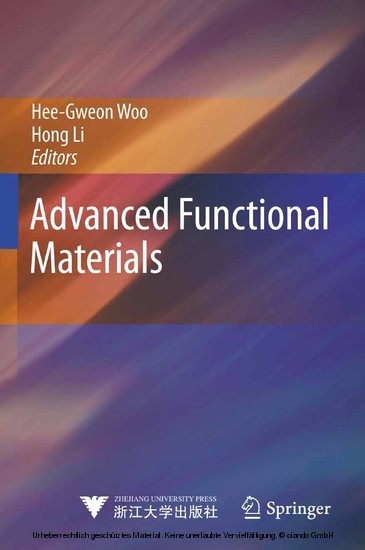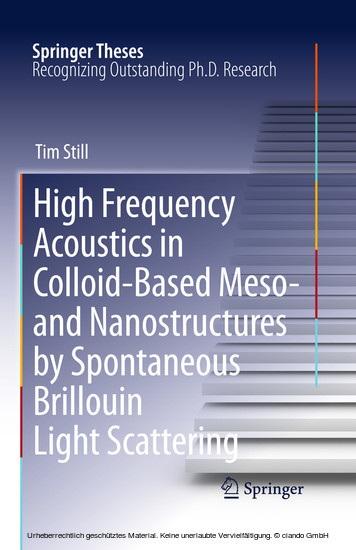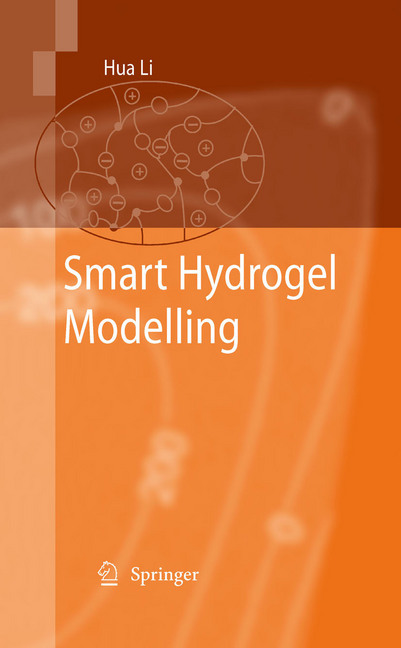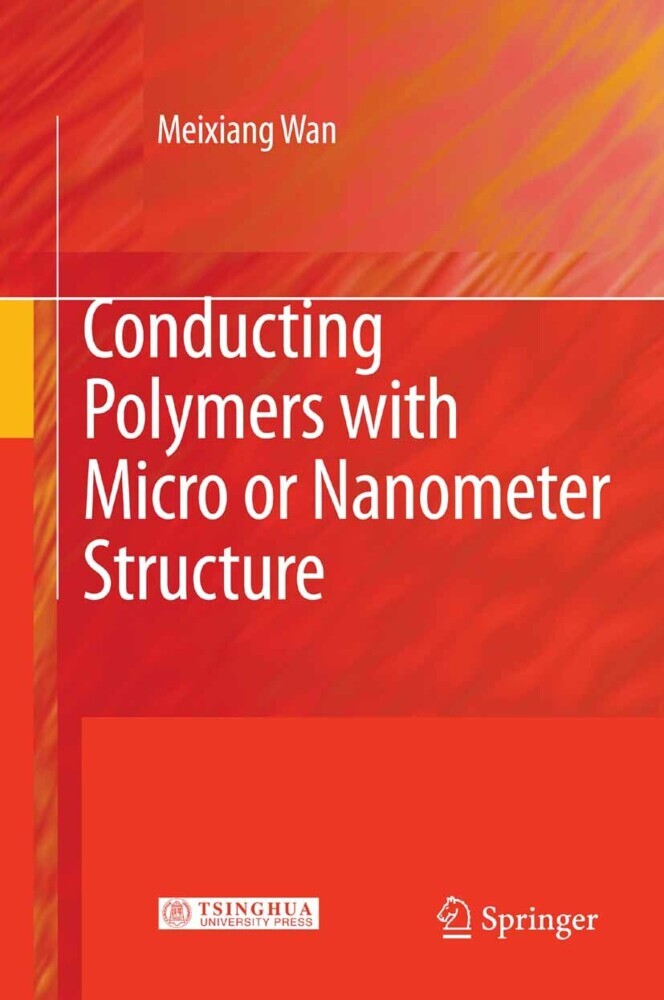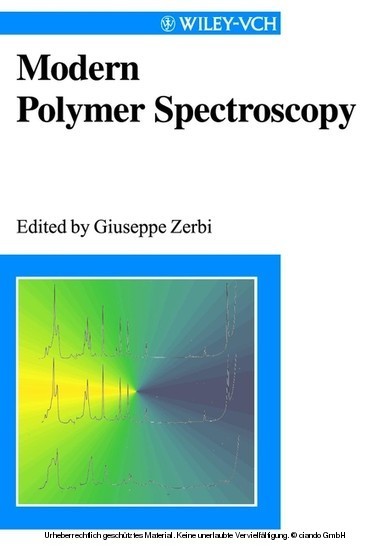Phenolic Resins: A Century of Progress
A Century of Progress
With global capacity in excess of 5 million tons annually, phenolic resins are one of the leading thermosetting resins that are used in many diverse industries such as wood adhesives, fiberglass/mineral wool binder, molded materials for autos/electronic/electrical industries, brakes, abrasives, foam, coatings/adhesives, laminates, composites, metal castings/refractories, and rubber industry. These phenolic resin business areas are critical to the national economy and general welfare of emerging and developed nations. Although phenolic resins are barely noticed in these applications, it is difficult to imagine their absence since they are vital and not easily replaced by other polymeric materials due to favorable cost/performance characteristics of phenolic resins.
1;1: Introduction;13 2;2: Phenols;19 2.1;Phenol;21 2.1.1;Physical Properties of Phenol;22 2.1.2;Chemical Properties of Phenol;23 2.1.3;Phenol Production from Cumene;23 2.1.4;Sources for ``Natural´´ Phenol;29 2.1.5;Global Supply and Use of Phenol;29 2.2;Alkylphenols;30 2.2.1;Cresols;30 2.2.2;Xylenols;31 2.3;Resorcinol;31 2.4;Bisphenol-A;32 2.5;References;32 3;3: Formaldehyde;34 3.1;Introduction;35 3.2;Chemistry;35 3.2.1;Aldehydes;35 3.2.2;Formaldehyde;35 3.2.3;Chemical Properties of Formaldehyde;36 3.3;Manufacturing Processes;37 3.3.1;Silver Catalyst Process;38 3.3.2;Metal Oxide Processes;38 3.4;Stabilizer;40 3.5;World Market;41 3.5.1;Methanol;41 3.5.2;Market Performers;42 3.6;Formaldehyde Uses;43 3.7;Health and Safety;45 3.8;Other Formaldehyde Materials;46 3.8.1;Paraformaldehyde;46 3.8.2;Trioxane and Cyclic Formals;47 3.8.3;HMTA;47 3.9;Other Aldehydes;48 3.10;References;49 4;Chapter 4: Resin Chemistry;50 4.1;Introduction;52 4.2;Resole;54 4.2.1;Methylol Phenol(s);54 4.2.2;Addition - Methylolation;55 4.3;Novolak;62 4.3.1;Bisphenol F;62 4.3.2;Random;64 4.3.3;High Ortho;66 4.3.4;Heterogeneous/Two-Phase Process;66 4.4;Nanotechnology;71 4.5;Modified Novolaks;74 4.6;Enzyme;74 4.7;Reactions;75 4.7.1;Functional Group Appendage to Phenolics: Epoxy;75 4.7.2;Cyanate Ester;77 4.7.3;Benzoxazine;80 4.7.4;Nanomodified Fiber Reinforced Phenolic Type Polymer Matrix Composites;81 4.7.5;Compatibilization and/or Toughening Agents;83 4.8;Natural Products;84 4.9;Mechanism of Cure;85 4.9.1;Novolak;85 4.9.2;Resole;89 4.9.2.1;Latent Curing Agents;90 4.9.3;Non-Hexa Cure of Novolaks;91 4.9.3.1;Solid Resole;91 4.9.3.2;Bisoxazolines;91 4.9.3.3;Benzoxazines;92 4.9.3.4;Oxazolidines;92 4.10;Addition Cure Phenolics;93 4.11;Trends;95 4.12;References;97 5;Chapter 5: Analyses/Testing;101 5.1;Introduction;103 5.1.1;A-Stage, B-Stage, C-Stage, Transitions;103 5.2;Raw Materials;104 5.2.1;Wet Chemical Methods (RI, pH, Titration);105 5.2.2;Formaldehyde;105 5.3;Standard Physical and Quality Control Methods - ISO Methods;107 5.4;Instrumental Analysis;107 5.4.1;GPC;107 5.4.2;GC and GC-Mass Spectrometry;110 5.4.3;Pyrolysis GC;112 5.4.4;Liquid Chromatography and Liquid Chromatography-MS;112 5.4.5;IR Spectroscopy;114 5.4.6;Raman Spectroscopy;119 5.4.7;NIR Spectroscopy and Other Process Control Instruments;120 5.4.8;NMR Spectroscopy;122 5.4.9;Time of Flight Mass Spectroscopy;126 5.4.10;PES, Atomic Absorption Spectroscopy;126 5.4.11;Thermal Analysis;127 5.4.11.1;Thermogravimetric Analysis;128 5.4.11.2;Differential Scanning Calorimetry;129 5.4.11.3;Dynamic Mechanical Analysis;131 5.4.11.4;Rheometry;133 5.4.11.5;Other Thermal Techniques;134 5.4.12;Microscopy;134 5.5;Conclusion;138 5.6;References;138 6;Chapter 6: Resole Production;145 6.1;Production of Resoles;146 6.1.1;Resoles;146 6.1.2;Raw Materials;147 6.1.3;Molar Ratio;147 6.1.4;Process Parameters;147 6.2;Parameters of Resoles;147 6.3;Production Process;148 6.3.1;Principle Steps of the Batch Process;148 6.4;Continuous Phenolic Resin Manufacturing Processes;149 6.5;Modern Batch Manufacturing Processes;150 6.5.1;Raw Material Charging;150 6.5.2;Temperature Control;150 6.5.3;In-line Monitoring;151 6.5.4;Health and Safety Issues;152 6.6;References;152 7;7: Novolak Production;153 7.1;Introduction;153 7.2;Raw Materials;154 7.3;Acid Catalysts;155 7.4;Process;156 7.5;References;157 8;Chapter 8: Wood Composite Adhesives;159 8.1;Introduction;159 8.2;Volume and Region Trends;160 8.3;Global Market Factors;163 8.4;Environmental Factors;165 8.5;Economic Factors;166 8.6;Process and Equipment Factors;167 8.6.1;Continuous Press;167 8.6.2;Steam-Air Preheater;167 8.6.3;Radio Frequency Preheater;168 8.6.4;Microwave Preheater;168 8.6.5;Dry Blending on MDF;169 8.6.6;Foam and Liquid Extrusion for Plywood and LVL;169 8.7;Application Requirement Factors;170 8.7.1;Plywood;170 8.7.2;Laminated Veneer Lumber;170 8.7.3;Oriented Strand Board;171 8.7.4;Structural Composite Lumber Products;171 8.7.5;Hardboards and Light Fiberboards for Insulation Purposes;172
Pilato, Louis
| ISBN | 9783642047145 |
|---|---|
| Artikelnummer | 9783642047145 |
| Medientyp | E-Book - PDF |
| Auflage | 2. Aufl. |
| Copyrightjahr | 2010 |
| Verlag | Springer-Verlag |
| Umfang | 545 Seiten |
| Sprache | Englisch |
| Kopierschutz | Digitales Wasserzeichen |

